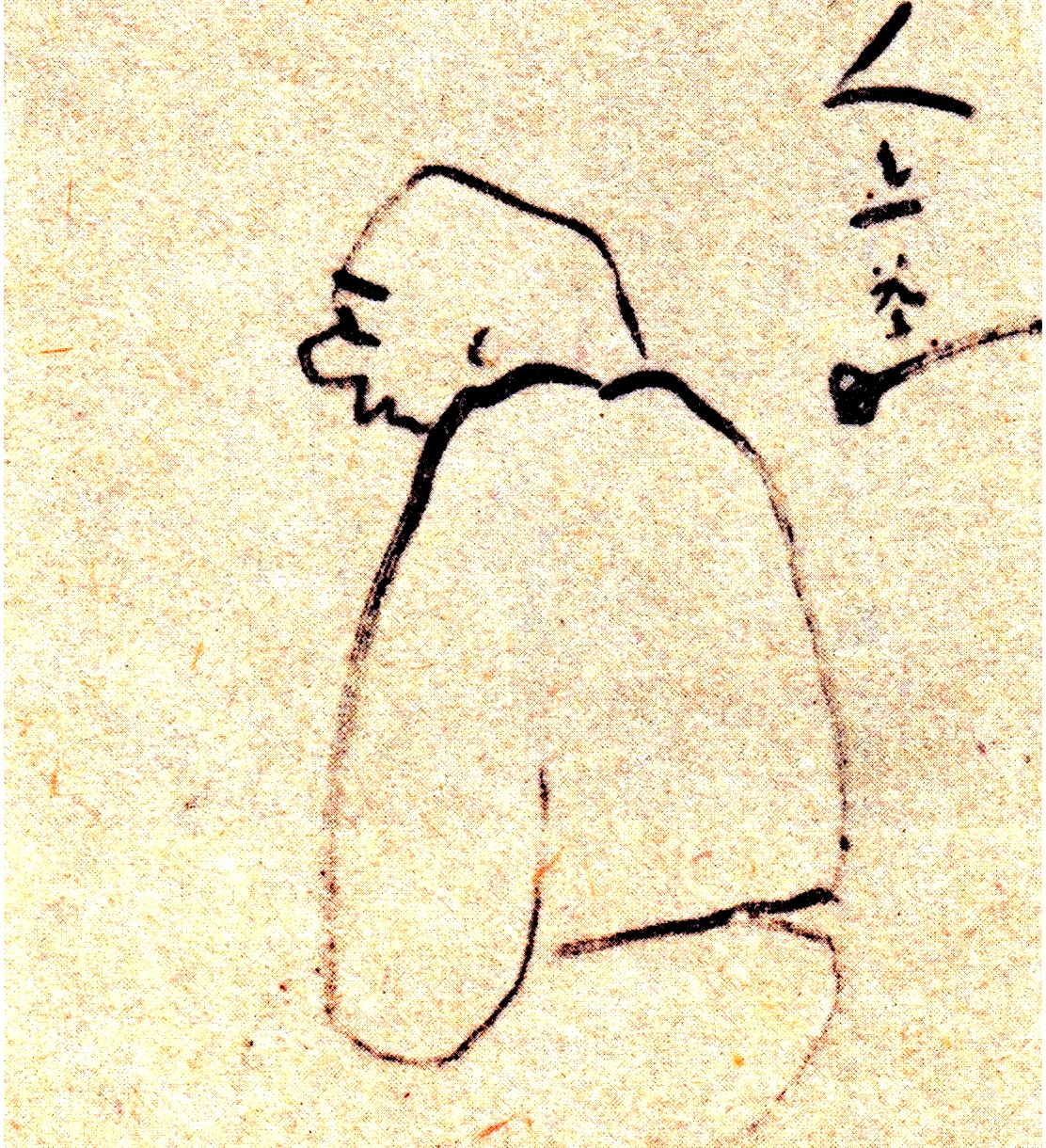About Haiku
Haiku: a one-breath poem that discovers connection.
The foremost poets of Japanese haiku tradition are Bashô, Buson, Issa, Shiki. The first three were artists of haikai: masters of the linked verse game known as haikai no renku: renku for short (find out more). The fourth, Shiki, coined the term "haiku," and envisioned it as an independent poetic genre. While technically—that is to say, in Japanese terms—Bashô, Buson, and Issa were poets of haikai; the term "haiku" is used by many English speakers to describe what they wrote. In other words, "haiku" in English covers a broader field than it does in Japanese, for it embraces both haikai and haiku. Throughout this website, I use the term "haiku" when referring to Issa.
What makes it a poem? Haiku in English usually appears as an unrhymed three-line verse. Its use of intense, fragmentary imagery and its stress on rhythm and sound place it in the poetry side of the language spectrum.
Can it be defined? Cyril Childs writes, "With haiku, how can we define (i.e. objectively set precise boundaries to) a poetic form that has developed and evolved over many centuries and continues to evolve across national boundaries and language barriers? How can we define inclusively each and every example of such a tradition and exclude others? I suggest the only answer to both questions is 'We can't.'" (Presence 21 2003: 23). Nevertheless, in 2004 the Haiku Society of America put forth this working definition: "A haiku is a short poem that uses imagistic language to convey the essence of an experience of nature or the season intuitively linked to the human condition." My personal definition these days imagines haiku as a verb: "to discover connections in one breath."
How many parts does it have? Though it can be presented on the page in three lines, a traditional Japanese haiku of Issa's era structurally consists of two parts with a pause in between. Its power as poetry often derives from juxtaposition of the two images and the sense of surprise or revelation that the second image produces. A good haiku is like a good joke: the set-up (image 1), then the punch line (image 2). An example from Issa:
spring rain—
the uneaten ducks
are quacking
Two images appear: (1) spring rain falling, (2) the ducks that have survived the cooking pots of winter quacking. Considered alone, each image doesn't amount to much of a poem. But set side-by-side, the rain and the ducks make a powerful, celebratory statement about life, survival, and the promise of spring.
Does a haiku need 17 syllables? In Japan traditional haiku consists of seventeen "syllables" (onji) arranged in a 5-7-5 pattern. For example, here's the spring rain/quacking ducks poem in Japanese:
harusame ya
kuware-nokori no
kamo ga naku
Japanese words for the most part are polysyllabic, consisting of multiple syllables. English, in contrast, has loads of one syllable words ("spring," "rain" and "duck" for instance). For this reason, most haiku poets writing in English don't follow the 5-7-5 syllable rule. Seventeen syllables of English could potentially add up to seventeen separate words, making the "haiku" too long, lessening its intensity.
Why is haiku taught in elementary school as a 17-syllable poem? In many school curricula haiku is used to give students practice in recognizing syllables and manipulating language. Teachers often ignore the most important formal requirement of haiku: two image/statements separated by a pause. They treat haiku as if it were a poetic form: any combination of words in a 5-7-5 combination. In fact, haiku is a genre that requires much more than mere outer form.
Does a haiku have to be about Nature? Only in the broadest sense, since human nature is included in Nature. In Japan, most haiku have a season word (kigo) that links the individual poem with the vast, archetypal round of the Year of Life.
Is haiku a Buddhist genre? Because the originators of haiku were Buddhists, many Buddhist themes linger in the tradition, including respect for life, openness to the here and now, and a deep appreciation of how precious and fleeting life is.
How should it be read? Issa, a master of the form, invites his readers to partake not of abstract ideas but of experience—palpable, wondrous encounters with life: a swallow flying out the nose of a great bronze Buddha, cows moo-mooing in thick autumn mist, a butterfly resting on a dog curled to sleep. One does not read such poetry in a greedy rush to understand a theme, a point, or a concept. Rather, we do best by Issa if we open ourselves to each haiku with the same non-grasping attention we might pay to a bird warbling in a tree. After all, the poet insists, birdsong is haiku:
like warbling pure haiku
mountain
cuckoo
Like a bird twittering one-breath improvisations deep in the summer cedars on some shady, fathomless Japanese mountainside, Issa creates vivid, non-intellectual expressions of life on a living planet. The haiku moment awaits the reader who patiently allows words on the page to register as deeply felt reality.
Some of the above comments are taken from the Introduction to my 1991 book, Issa, Cup-of-Tea Poems: Selected Haiku of Kobayashi Issa. Special thanks to the late Robert Spiess for kindly proofreading and offering suggestions. Also, thanks to renku master Shokan Tadashi Kondo for explaining the haikai/haiku relationship.
